The
IoT in healthcare revolution is transforming how medical professionals deliver care, manage operations, and connect with patients in unprecedented ways. As healthcare IoT systems become increasingly sophisticated, they're enabling real-time patient monitoring, automated hospital operations, and intelligent medical device management that were impossible just a decade ago.
From remote patient monitoring devices that track vital signs 24/7 to smart hospital systems that optimize resource allocation, the Internet of Medical Things is creating a new paradigm where data-driven insights drive better patient outcomes while reducing operational costs and improving efficiency across the entire healthcare ecosystem. Let's discuss how the IoMT is changing today, and how Digi can support the needs of medical device manufacturers.
Get Our White Paper
Learn about emerging medical device cybersecurity regulations
Download PDF
The Role of the Internet of Medical Things (IoMT)

The Internet of Medical Things (IoMT) has fundamentally transformed healthcare delivery by creating interconnected ecosystems where medical devices, sensors, and systems communicate seamlessly to improve patient care and operational efficiency.
Currently, medical IoT applications range from wearable devices that continuously monitor patient vitals to sophisticated hospital asset tracking systems that ensure critical equipment is always available when needed. The rapid adoption of IoT in healthcare is driven by the convergence of advancing sensor technology, widespread connectivity, and the urgent need for more efficient healthcare delivery models.
Recent statistics underscore the dramatic impact of IoMT adoption:
The Shift Toward Preventative and Personalized Care
IoT in healthcare enables continuous health monitoring that shifts treatment from reactive to proactive approaches. Connected devices collect real-time patient data, allowing healthcare providers to detect anomalies early and customize interventions based on individual patient patterns, ultimately improving outcomes while reducing the strain on overtaxed healthcare systems.

The Need for Real-Time Decision Making
Modern emergency rooms and intensive care units depend on instant data from IoT medical devices to make life-saving decisions. Healthcare IoT systems provide continuous streams of vital information, enabling medical teams to respond immediately to critical changes in patient conditions and coordinate care across departments seamlessly.
Rising Pressures on Healthcare Infrastructure
Aging populations and workforce shortages create unprecedented demands on healthcare providers worldwide. IoT solutions for healthcare help facilities extend their care capacity through automated monitoring, predictive maintenance, and intelligent resource allocation, allowing existing staff to manage larger patient populations without compromising care quality.
Remote patient monitoring through connected devices enables continuous tracking of vital signs, real-time alerts for abnormal readings, and comprehensive post-operative care management. These IoT medical devices reduce hospital re-admissions while improving patient comfort by allowing recovery at home. Secure connectivity solutions ensure reliable data transmission while maintaining patient privacy and HIPAA compliance.
Operational Efficiency in Hospitals and Clinics
Smart hospitals leverage IoT in healthcare for real-time asset tracking, predictive equipment maintenance, and automated scheduling systems. These technologies reduce equipment downtime, prevent loss of critical supplies, and optimize staff workflows, resulting in significant cost savings and improved patient care delivery across healthcare facilities.
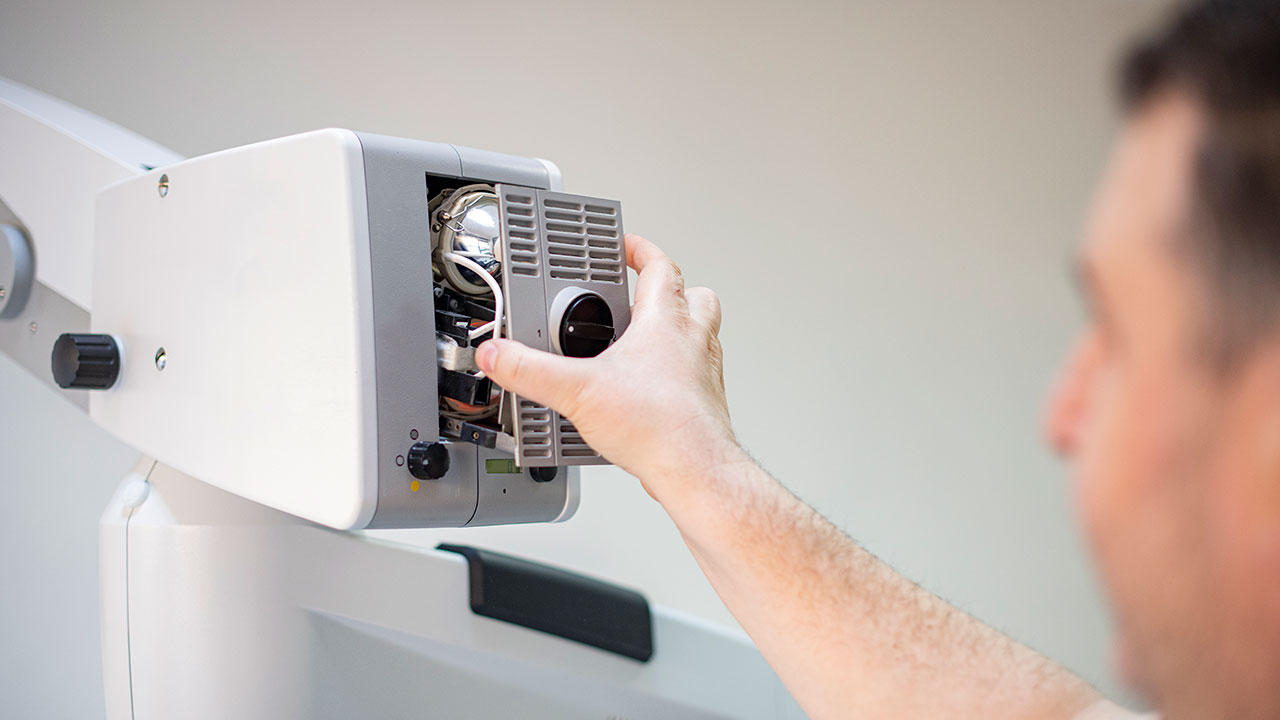
Improved Medication Management
Connected dispensers and smart sensors prevent medication errors through automated dosage verification and real-time adherence monitoring. Healthcare IoT systems track medication inventories, alert staff to potential drug interactions, and ensure patients receive correct medications at prescribed times, dramatically reducing adverse drug events and improving treatment outcomes.
HIPAA Compliance and Safety
Maintaining HIPAA compliance remains paramount in medical IoT deployments. Advanced security frameworks provide end-to-end data protection through encryption, secure authentication, and continuous monitoring. These comprehensive security measures ensure patient data remains protected while enabling the seamless connectivity that modern healthcare demands.
Faster Emergency Response
IoT in healthcare enables real-time ambulance connectivity that transmits patient vitals directly to emergency departments during transport. This advanced warning allows ER teams to prepare appropriate resources and specialists before patient arrival, reducing critical treatment delays and improving survival rates for trauma and cardiac emergencies significantly.
IoT in Healthcare Applications
The practical applications of IoT in healthcare span diverse clinical and operational scenarios, each delivering measurable improvements in patient care and facility management. From individual patient monitoring to enterprise-wide asset management, IoMT technologies are reshaping how healthcare organizations deliver services. These IoT solutions for healthcare demonstrate the versatility and impact of connected medical technology across various healthcare settings and specialties.
Remote Patient Monitoring (RPM)
Remote patient monitoring represents one of the most impactful IoT in healthcare applications, with wearable sensors and connected devices providing continuous health data to care teams. These systems track vital signs including heart rate, blood pressure, glucose levels, and oxygen saturation, transmitting data in real-time to healthcare providers. RPM technologies have proven particularly valuable for managing chronic conditions, reducing hospital readmissions by enabling early intervention when patient metrics indicate potential complications.
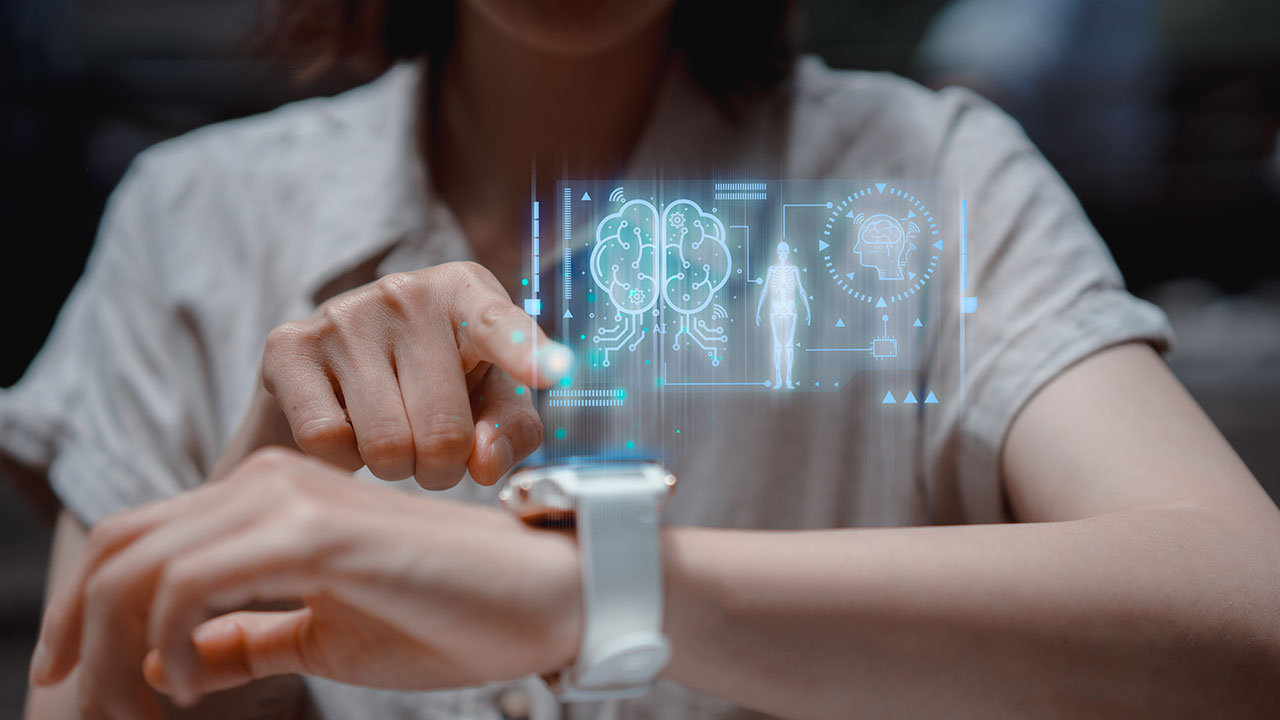
Smart Hospitals and Rooms
Smart hospitals integrate IoT medical devices throughout facilities to create intelligent environments that respond to patient and staff needs automatically. Connected systems control room temperature, lighting, and humidity based on patient preferences and medical requirements. Advanced bed sensors detect patient movement and alert staff to potential falls, while integrated call systems prioritize requests based on urgency. These healthcare IoT implementations improve patient satisfaction scores while reducing staff workload through automation.
Asset Tracking and Equipment Management
IoT in healthcare revolutionizes equipment management through real-time location tracking of critical medical devices. Hospitals typically lose 10-20% of mobile equipment annually, but IoT solutions for healthcare virtually eliminate these losses. Smart tags on wheelchairs, IV pumps, and diagnostic equipment enable instant location identification, while usage analytics optimize equipment distribution across departments. Predictive maintenance alerts prevent unexpected failures, ensuring life-saving equipment remains operational when needed most.
Cold Chain Monitoring for Vaccines and Medications
Temperature-sensitive pharmaceuticals require continuous monitoring throughout storage and transport, making medical IoT essential for maintaining cold chain integrity. Connected sensors track temperature, humidity, and light exposure in real-time, immediately alerting staff to excursions that could compromise medication efficacy. This capability proved critical during COVID-19 vaccine distribution, where ultra-cold storage requirements demanded precise environmental control. Modern cold chain monitoring systems prevent millions in pharmaceutical losses annually while ensuring patient safety.
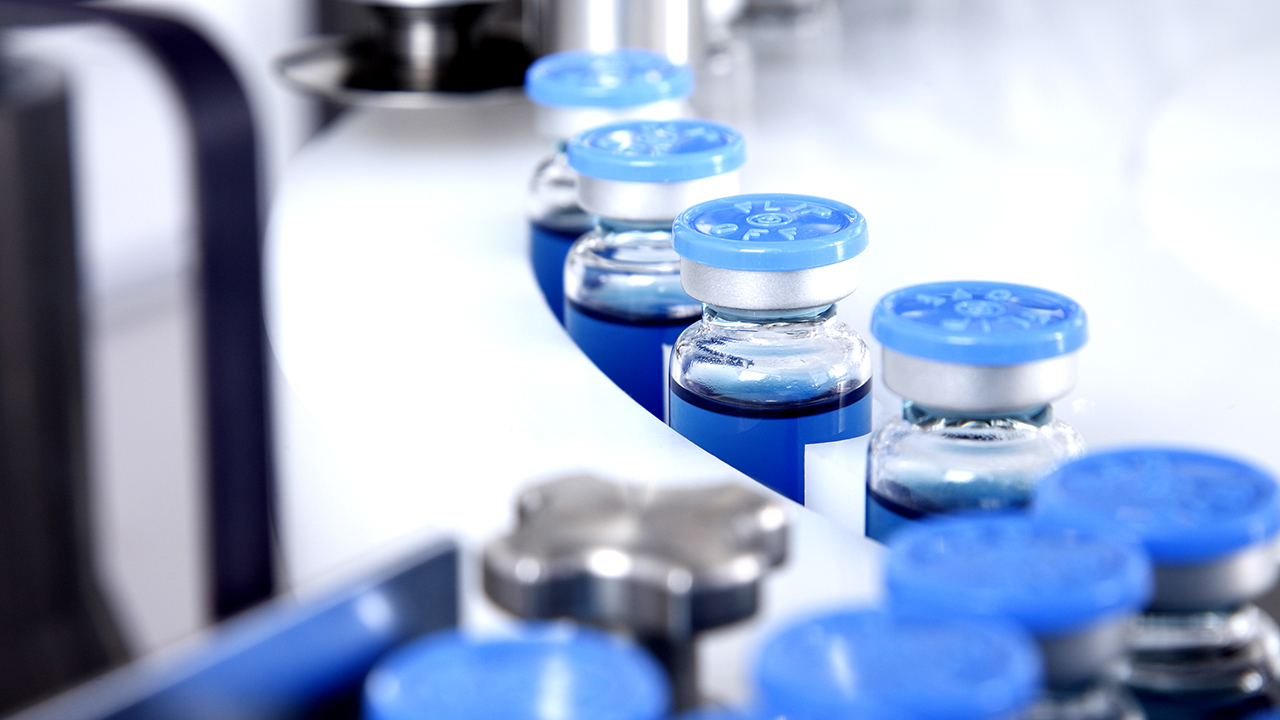
Real-Time Staff Communication
Integrated communication systems powered by IoT in healthcare streamline workflows and reduce response times across healthcare facilities. Connected devices enable instant messaging between care teams, automated alert routing based on staff availability, and hands-free communication during procedures. These systems reduce overhead paging by 70%, minimize communication delays, and improve care coordination, particularly during emergencies where seconds matter.
IoT Technologies Powering Healthcare Advancements
The technological foundation of IoT in healthcare comprises sophisticated hardware and software systems working in concert to deliver reliable, secure connectivity. Understanding these core IoT technologies helps healthcare organizations make informed decisions about their digital transformation initiatives and select solutions that align with their specific operational requirements and patient care objectives.
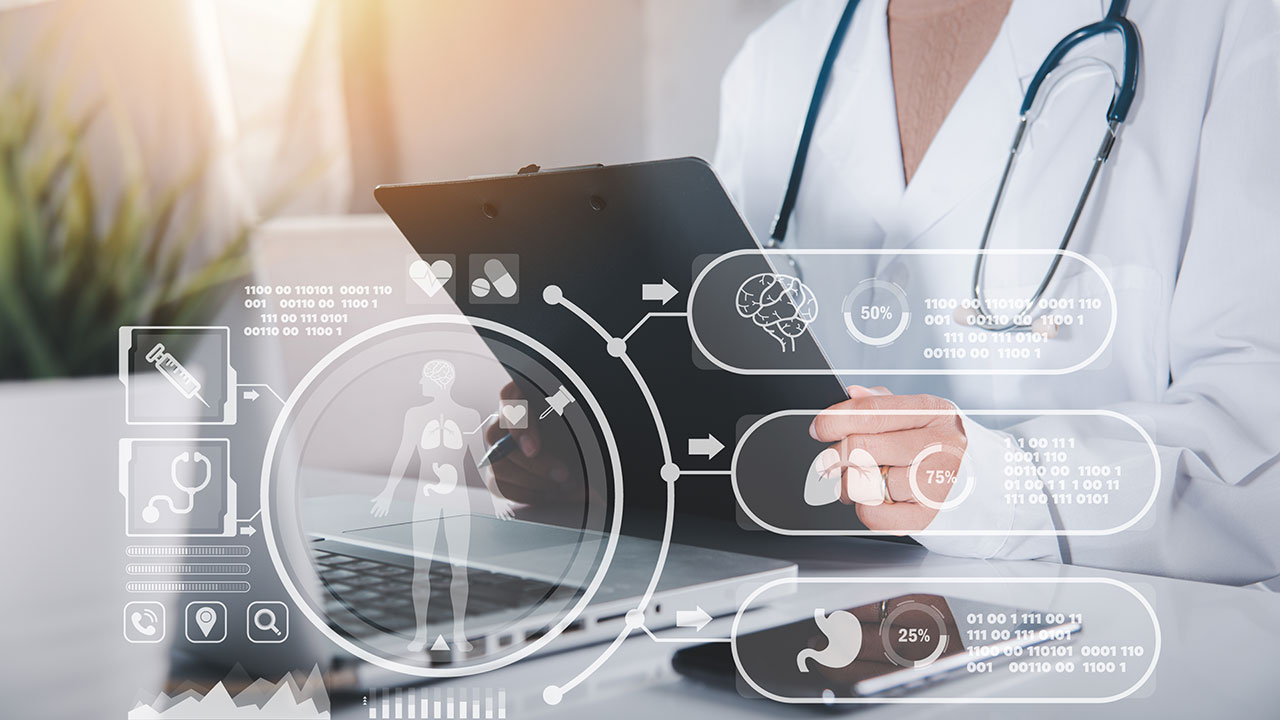
IoT Medical Devices and Wearables
IoT medical devices encompass everything from consumer fitness trackers to FDA-approved clinical monitors. Advanced biosensors measure multiple physiological parameters simultaneously, while smart glucose monitors automatically log readings and calculate insulin requirements. Modern smartwatches detect irregular heart rhythms and alert users to potential atrial fibrillation, demonstrating how consumer devices increasingly support clinical care through continuous health monitoring capabilities.
Cellular Routers and Gateways
Industrial-grade cellular routers form the backbone of healthcare IoT networks, providing reliable connectivity across facilities and enabling edge-to-cloud data transmission. These routers support multiple connectivity options including 4G/5G cellular, Wi-Fi, and Ethernet, ensuring continuous operation even during network failures. Advanced routing capabilities prioritize critical medical data while maintaining quality of service for all connected devices throughout healthcare environments.
Remote Management and Automation
Centralized management platforms enable IT teams to monitor, configure, and troubleshoot thousands of IoT medical devices from a single interface. These systems provide real-time visibility into device health, automate firmware updates, and enable remote diagnostics that reduce on-site maintenance requirements by 60%. Automated alerting and self-healing capabilities ensure continuous operation of critical medical systems.
Check out Digi Remote Manager 101: Introduction to Device Health Metrics and see how to raise your game with remote management and automation.
Data Security Frameworks
Comprehensive security frameworks protect sensitive patient data throughout IoT in healthcare deployments. These frameworks implement multiple security layers including device authentication, data encryption, network segmentation, and continuous threat monitoring. End-to-end encryption ensures data remains protected during transmission and storage, while regular security updates address emerging threats and maintain regulatory compliance across all connected medical systems.
Challenges with IoT in Healthcare
While IoT in healthcare offers transformative benefits, implementation presents significant challenges that organizations must address to ensure successful deployments. Healthcare's stringent requirements for reliability, security, and regulatory compliance create unique obstacles that distinguish medical IoT from consumer or industrial applications. Understanding these challenges enables healthcare organizations to develop comprehensive strategies that mitigate risks while maximizing the value of their healthcare IoT investments.
Security and HIPAA Compliance
Maintaining security and HIPAA compliance represents the foremost challenge in IoT in healthcare deployments. Connected medical devices create numerous potential entry points for cyberattacks, with each device potentially exposing patient data or disrupting critical care systems. Healthcare organizations must implement comprehensive security measures including encryption, access controls, and continuous monitoring while ensuring all IoT medical devices meet strict regulatory requirements. Regular security audits and updates are essential to protect against evolving threats.
Integration and Interoperability
Healthcare facilities often struggle to integrate new IoT solutions for healthcare with existing legacy systems and electronic health records. Different devices use varying communication protocols and data formats, creating silos that prevent seamless information sharing. Achieving true interoperability requires careful planning, standardized interfaces, and often significant infrastructure upgrades. Organizations must balance the need for modern IoMT capabilities with the reality of decades-old systems that remain critical to operations.
Network Reliability
IoT in healthcare demands exceptional network reliability since device failures can directly impact patient care. Medical facilities require redundant connectivity options to ensure continuous operation during primary network failures. Bandwidth limitations can affect real-time data transmission from multiple devices, while dead zones within facilities create coverage gaps. Healthcare organizations must design robust networks with sufficient capacity, redundancy, and coverage to support growing numbers of connected medical devices.
Device Scalability and Management
As healthcare facilities expand their IoT in healthcare deployments, managing hundreds or thousands of connected devices becomes increasingly complex. Each device requires provisioning, monitoring, updating, and eventual decommissioning, creating substantial administrative overhead. Without proper management tools, IT teams struggle to maintain visibility and control over growing device fleets. Scalability challenges include ensuring consistent performance, maintaining security across all devices, and managing the lifecycle of diverse device types efficiently.
IoT Solutions for Healthcare
Addressing the complex challenges of IoT in healthcare requires comprehensive solutions designed specifically for medical environments. These specialized platforms and frameworks provide the security, reliability, and scalability that healthcare IoT deployments demand while simplifying management and ensuring regulatory compliance.
See how to transform your healthcare technology infrastructure in this short video.
Digi Remote Manager®
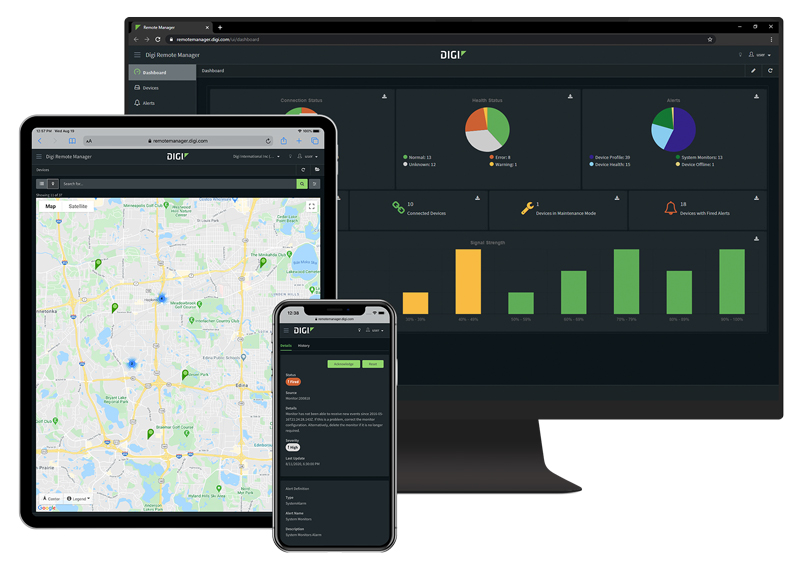 Digi Remote Manager® transforms device management by providing centralized control over distributed IoT medical devices. This cloud-based platform enables secure remote access, real-time monitoring, and automated troubleshooting across entire device networks.
Digi Remote Manager® transforms device management by providing centralized control over distributed IoT medical devices. This cloud-based platform enables secure remote access, real-time monitoring, and automated troubleshooting across entire device networks.
Healthcare IT teams can configure devices, deploy updates, and resolve issues remotely, reducing maintenance costs by 50% while ensuring continuous operation of critical medical systems.
Digi TrustFence® Security Framework
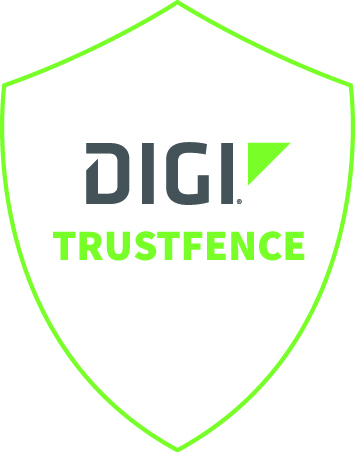 Digi TrustFence® delivers comprehensive security for medical IoT deployments through device-level protection that ensures HIPAA compliance. This framework implementrfff=ts secure boot, encrypted storage, protected ports, and authenticated connections to safeguard patient data.
Digi TrustFence® delivers comprehensive security for medical IoT deployments through device-level protection that ensures HIPAA compliance. This framework implementrfff=ts secure boot, encrypted storage, protected ports, and authenticated connections to safeguard patient data.
Built-in security features protect against unauthorized access while maintaining the performance required for real-time medical applications and critical care systems.
Digi IX Series and Digi EX Series Routers
Digi IX and EX Series routers provide healthcare-grade connectivity designed for demanding medical environments. These industrial routers deliver reliable connectivity across facilities, ambulances, and remote clinics through cellular, Wi-Fi, and wired options. Redundant connectivity ensures continuous operation during network failures, while advanced routing capabilities prioritize critical medical data to maintain quality of service.
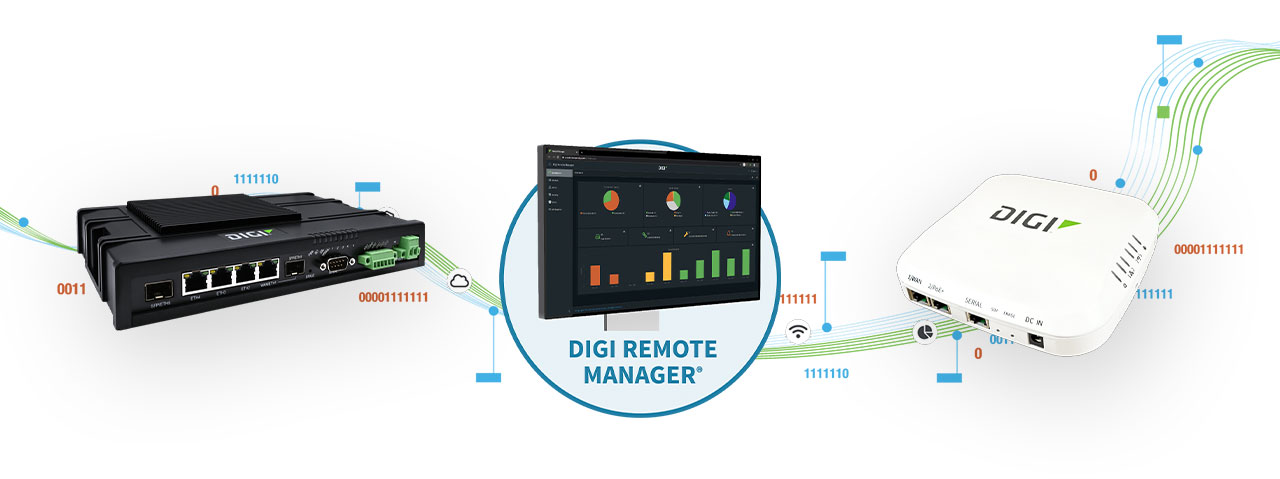
Digi ConnectCore Developer Solutions
Digi ConnectCore® embedded system-on-modules accelerate development of connected medical devices with pre-certified wireless capabilities and comprehensive security features. These modules simplify device design while ensuring regulatory compliance, reducing time-to-market for innovative IoT medical devices.

Integrated Digi TrustFence security, paired with Digi ConnectCore Services, supports security monitoring and device management capabilities so manufacturers can focus on bringing secure and reliable medical products to market fast, rather than engineering and deployment challenges.
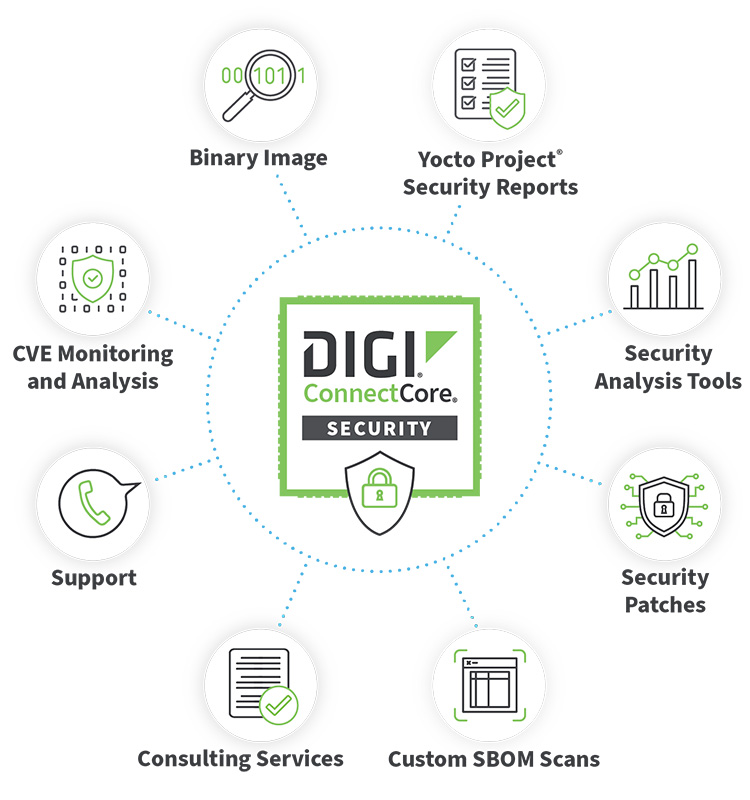 Digi ConnectCore Cloud Services: These services enable OEMs to create connected devices with remote-dashboard, -service and -application capabilities using Digi ConnectCore SOMs. They also ensure organizations can monitor deployed devices over time, perform secure remote firmware updates, receive real-time alerts, and monitor network, device and asset performance and security
Digi ConnectCore Cloud Services: These services enable OEMs to create connected devices with remote-dashboard, -service and -application capabilities using Digi ConnectCore SOMs. They also ensure organizations can monitor deployed devices over time, perform secure remote firmware updates, receive real-time alerts, and monitor network, device and asset performance and security- Digi ConnectCore Security Services: These services and tools enable organizations to maintain device security throughout the entire product lifecycle. They enable the monitoring and analysis of security risks and vulnerabilities for a custom software bill of material (SBOM) and binary image running on Digi ConnectCore SOMs.
Learn more about how to design secure, compliant medical devices with Digi ConnectCore solutions.
The Digi XBee Ecosystem
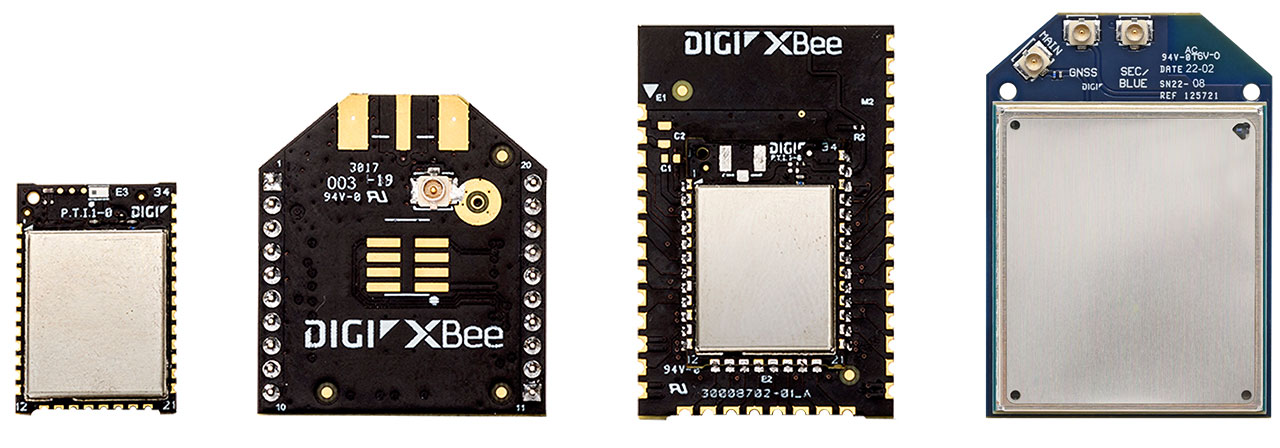
Digi XBee® modules enable wireless connectivity for healthcare IoT devices through versatile RF solutions supporting multiple protocols. These modules provide reliable short-range communication for medical sensors, wearables, and facility automation systems. Low power consumption extends battery life for portable devices while mesh networking capabilities ensure robust connectivity throughout healthcare facilities.
What's more, Digi XBee is a complete ecosystem of modules, developer tools, and management tools for provisioning, testing, and remote monitoring.
SmartSense by Digi
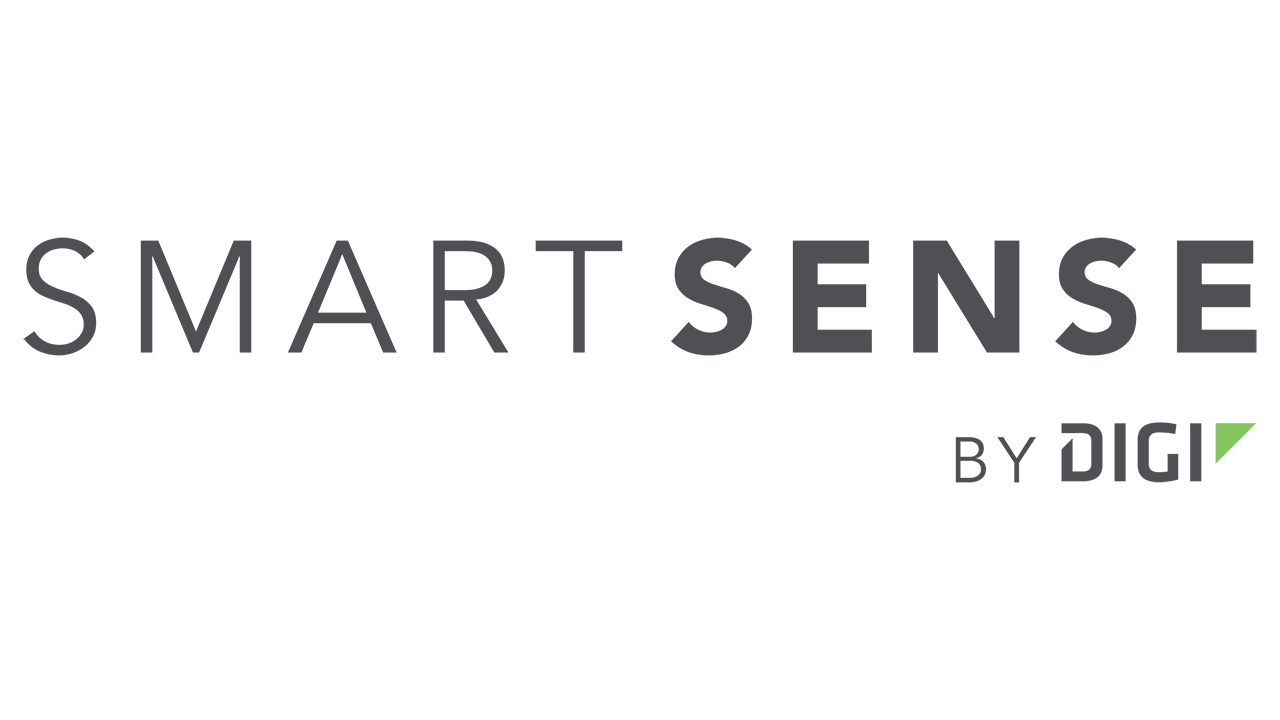 SmartSense by Digi delivers comprehensive monitoring solutions for temperature-sensitive pharmaceuticals and medical supplies throughout the cold chain. This platform combines wireless sensors, cloud-based monitoring, and automated alerting to ensure medication integrity.
SmartSense by Digi delivers comprehensive monitoring solutions for temperature-sensitive pharmaceuticals and medical supplies throughout the cold chain. This platform combines wireless sensors, cloud-based monitoring, and automated alerting to ensure medication integrity.
Gaining real-time visibility into environmental conditions prevents losses while ensuring compliance with storage requirements for vaccines, blood products, and other critical medical supplies.
Digi 360 IoT Solution
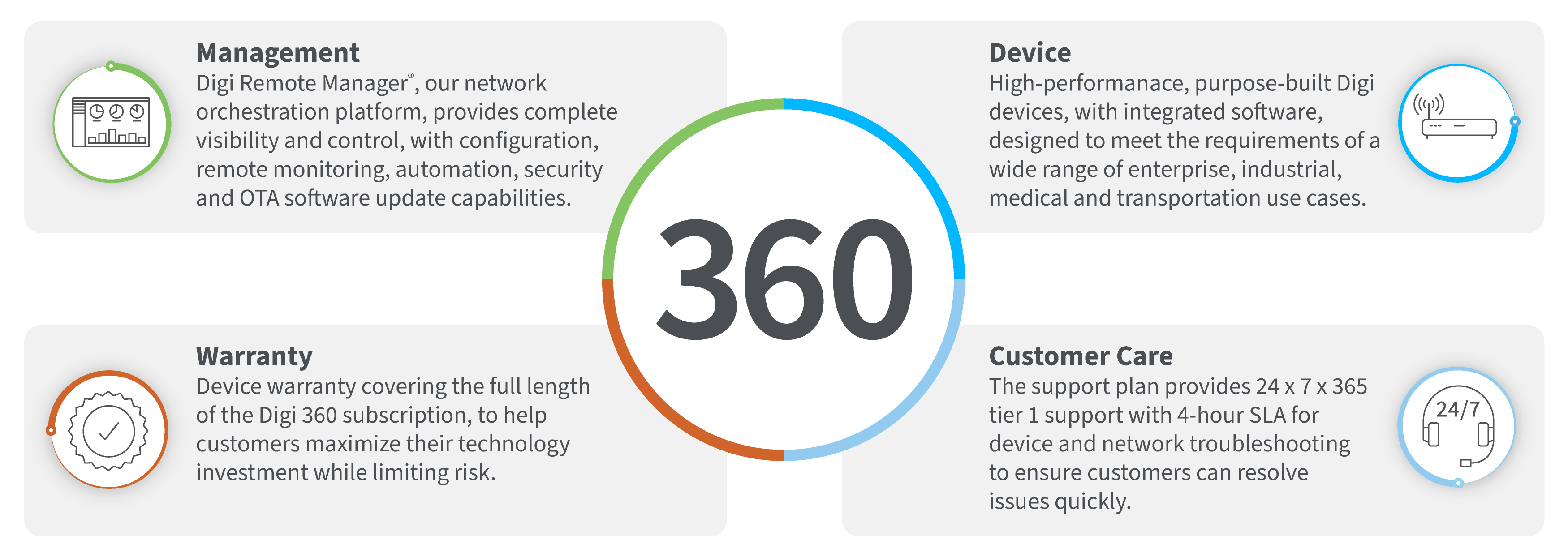 Digi 360 provides an integrated IoT in healthcare platform combining connectivity, security, and management capabilities in a unified solution. This comprehensive approach simplifies deployment while ensuring interoperability across diverse medical devices and systems. Healthcare organizations benefit from reduced complexity, improved visibility, and streamlined operations through this all-encompassing platform designed specifically for medical environments.
Digi 360 provides an integrated IoT in healthcare platform combining connectivity, security, and management capabilities in a unified solution. This comprehensive approach simplifies deployment while ensuring interoperability across diverse medical devices and systems. Healthcare organizations benefit from reduced complexity, improved visibility, and streamlined operations through this all-encompassing platform designed specifically for medical environments.
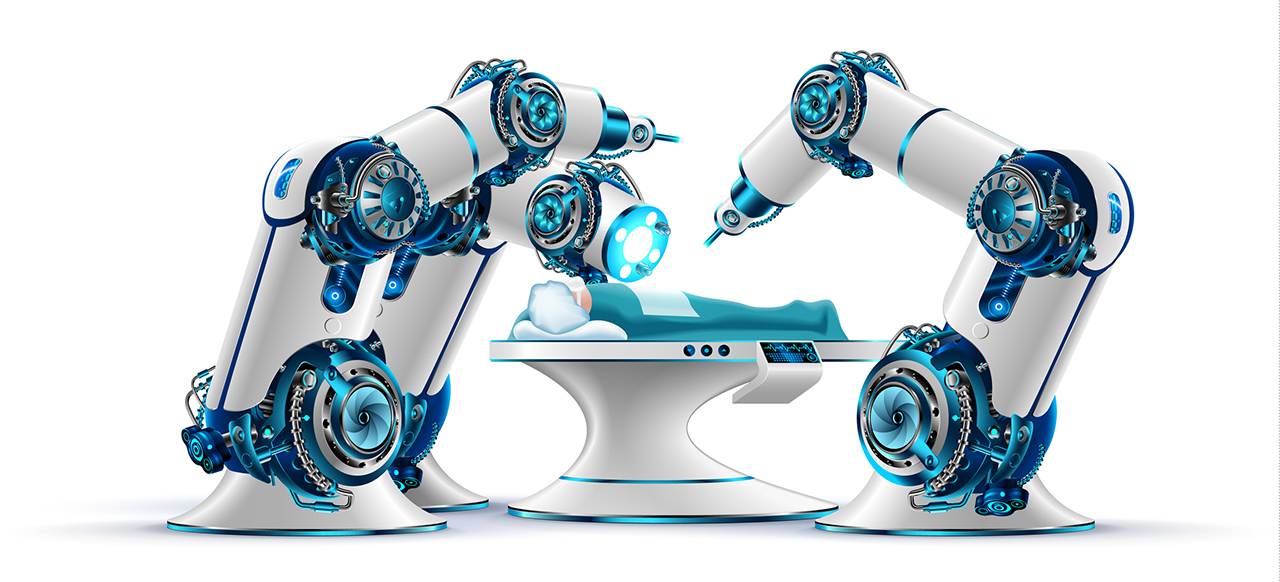
The Future of IoMT
The future of IoT in healthcare promises revolutionary advances powered by emerging technologies that will further transform medical care delivery. Fifth-generation (5G) cellular networks enable ultra-low latency connections that support real-time surgical robotics and augmented reality applications for medical training.
Artificial intelligence integrated with IoMT systems will provide predictive analytics that anticipate medical emergencies before symptoms appear, while edge computing brings processing power directly to medical devices for instant decision-making without cloud dependencies. Blockchain technology promises to secure medical records and ensure data integrity across distributed healthcare IoT networks.
As these technologies mature, we'll see increasingly sophisticated applications including AI-powered diagnostic tools, personalized treatment protocols based on continuous monitoring, and virtual care environments that rival in-person consultations. Healthcare organizations preparing for this future should explore comprehensive IoT solutions that provide the flexibility and scalability to adopt these emerging capabilities.
IoT Healthcare Management with Digi
The transformation enabled by IoT in healthcare represents a fundamental shift in how medical care is delivered, managed, and optimized across the entire healthcare ecosystem. From remote patient monitoring that keeps vulnerable patients safely at home to smart hospitals that automatically adjust to patient needs, medical IoT technologies are creating more efficient, effective, and patient-centered care models.
As healthcare organizations navigate implementation challenges around security, integration, and scalability, comprehensive solutions like those offered by Digi International provide the robust foundation needed for successful IoT in healthcare deployments. By combining secure connectivity, centralized management, and healthcare-specific features, these platforms enable medical facilities to realize the full potential of connected healthcare while maintaining the reliability and compliance that patient care demands.
To learn more about implementing IoT solutions for healthcare in your organization, explore Digi's Medical Solutions and discover how Digi Remote Manager® can transform your healthcare technology infrastructure.
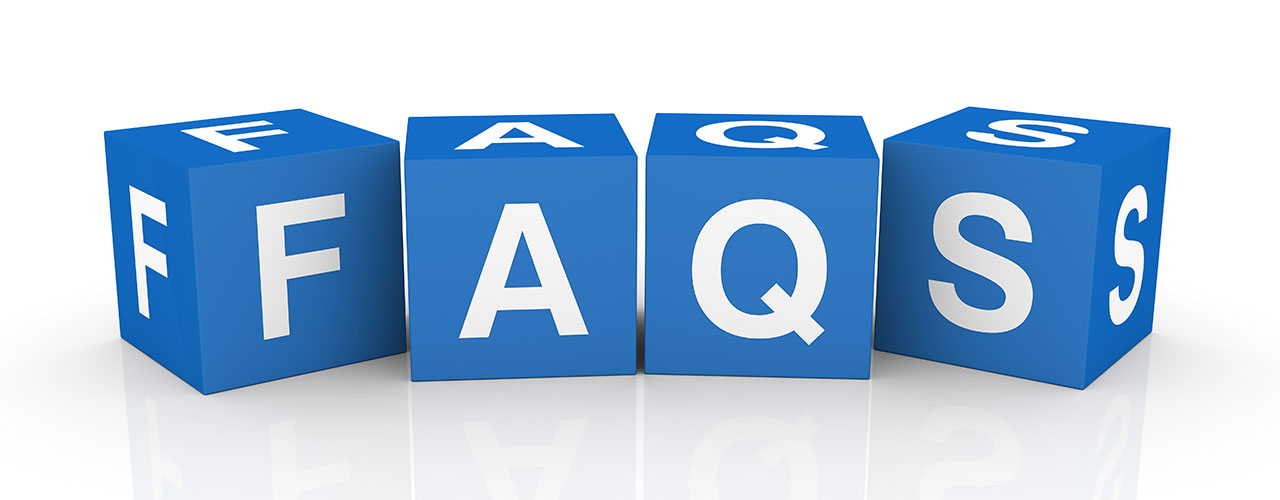
What is the Internet of Medical Things (IoMT)
The IoMT (sometimes called “medical IoT” or “healthcare IoT”) describes the network of medical devices, sensors, wearables, and systems that are connected via the Internet or other networks. These devices monitor, collect, transmit, or analyze health data, and support applications such as remote patient monitoring, smart drug dispensing, wearable health trackers, hospital asset tracking, and telemedicine.
How does IoMT differ from general IoT or Industrial IoT?
While IoT covers a broad spectrum of devices and applications (smart cities, industrial automation, agriculture, etc.), IoMT is specialized toward medical and healthcare use-cases. Some key differences:
- Safety and regulation: Medical devices must satisfy stringent regulatory, safety, and reliability requirements (e.g. FDA in the U.S., CE/CRA in Europe).
- Data sensitivity and privacy: IoMT handles Protected Health Information (PHI), so compliance (HIPAA, GDPR, etc.) is critical.
- Real-time or near-real-time constraints: Many medical use cases require low latency and high availability.
- Interoperability and standards: IoMT often must integrate with hospital information systems (EHR/EMR), clinical workflows, and medical standards (HL7, FHIR, DICOM, etc.).
- Device lifecycle and maintenance: Medical devices typically have longer product lifecycles, require critical software/firmware updates, and must maintain continuous operation in many cases.
What are common applications of IoMT
Here are some representative applications:
- Remote patient monitoring (vital signs, ECG, temperature)
- Smart medication dispensers / drug adherence systems
- Wearables (fitness, posture, fall detection, rehab monitoring)
- Environmental and hygiene monitoring in hospitals (air quality, sanitation, pathogen detection)
- Asset tracking (equipment, supplies)
- Cold-chain and pharmaceutical temperature monitoring
- Telemedicine, robotic-assisted procedures, remote surgery
- Imaging and diagnostics (e.g. 3D wound measurement)
- Emergency response coordination and first-responder connectivity
What are the key security risks for IoMT / connected medical devices?
Security is perhaps one of the biggest challenges in the IoMT domain. Some of the principal risks include:
- Unauthorized access or control: Attackers might hijack a medical device (e.g. pacemaker, infusion pump) or manipulate its function
- Data leakage or breach of PHI: Sensitive health data (vitals, diagnoses, identifiers) could be intercepted or exfiltrated
- Man-in-the-middle (MITM) attacks: Communications between device and server/cloud might be intercepted or altered
- Firmware or software compromise: Malicious or manipulated firmware updates could introduce vulnerabilities or backdoors
- Denial-of-Service (DoS) or disruption: Disabling or jamming medical devices or communication links could prevent necessary operation
- Supply-chain attacks: Vulnerabilities might be inserted during hardware or component manufacturing, or in third-party libraries
- Weak authentication / default credentials: Devices shipped with weak or default passwords are prime targets
- Insecure interfaces / APIs / protocols: Unsecured endpoints or protocol flaws can be exploited
Digi solutions for healthcare systems and OEMs developing connected healthcare systems are secure by design, and integrate remote monitoring and management tools for ongoing security monitoring, reporting and remediation.
What are some best practices to enhance medical device security in IoMT?
Here’s a non-exhaustive list of practices effective in mitigating risk:
| Practice |
Description/Why it matters |
| Strong authentication and access control |
Use unique credentials, multi-factor (where possible), least privilege, role-based access. |
| Secure communication (encryption) |
Use TLS / DTLS / VPNs to encrypt data in transit. Use secure protocols and avoid plaintext. |
| Secure boot / trusted execution |
Ensure only signed and verified firmware can run on the device. |
| Regular and secure OTA updates |
Support remote updates but ensure authenticity, integrity, rollback protection, versioning. |
| Device identity and attestation |
Each device should have a cryptographic identity and capability to prove integrity to servers. |
| Network segmentation and least exposure |
Isolate devices on dedicated networks, restrict unnecessary inbound connectivity. |
| Logging, auditing, anomaly detection |
Maintain logs of access, events, and monitor for suspicious behavior. |
| Fail-safe / safe mode |
Devices should degrade gracefully or enter safe modes when anomalies or failures occur. |
| Secure supply chain |
Vet third-party components and firmware; monitor dependencies; use secure components. |
| Regular security testing, threat modeling, and vulnerability analysis |
Penetration testing, firmware analysis, use of security frameworks. |
| Compliance and standards alignment |
Follow guidance like IEC 62304, ISO 14971 (risk management), FDA’s cybersecurity guidelines. |
How do regulators handle security in medical devices / IoMT?
Regulation in medical IoT is evolving rapidly. Key points:
-
In the U.S., the FDA has issued specific guidance on cybersecuity for medical devices, including premarket and postmarket responsibilities.
-
In Europe, the Medical Device Regulation (MDR) and In Vitro Diagnostic Regulation (IVDR) increasingly emphasize cybersecurity as part of general safety and performance.
-
Also in the EMEA, the Cyber Resilience Act (CRA) requires all devices that can connect to the Internet to meet specific security requirements, which are detailed in this Digi CRA white paper.
-
Regulatory agencies may require manufacturers to demonstrate security risk management, software validation, patching strategies, and incident response.
-
Some jurisdictions may require mandatory breach notifications, security reporting, or adherence to certain security standards.
-
Regulators may expect ongoing monitoring, updates, transparency about vulnerabilities and mitigation.
What challenges hinder adoption or security of IoMT devices?
Some of the main challenges include:
-
Legacy medical devices with minimal or no built-in security
-
Long lifecycle and certification burdens (making firmware updates slow)
-
Resource constraints (low-power, limited memory/compute) on embedded devices
-
Interoperability demands and heterogeneity of protocols
-
High risk tolerance: healthcare systems may prioritise availability over security
-
Hurdles in aligning security requirements with usability for patients and clinicians
-
Complexity of integrating with existing hospital IT infrastructure
-
Challenges in managing large fleets of devices (scalability, updates, asset tracking)
For support in addressing these challenges with secure connectivity solutions, contact a Digi expert.
What happens if a medical device is compromised?
Potential consequences can be severe:
-
Patient safety risk: Device malfunction or control by adversary could harm patients
-
Data breach and privacy harm: Health data exposure can undermine confidentiality and trust
-
Operational disruption: Device downtime may impede clinical workflows
-
Regulatory and legal ramifications: Liability, fines, sanction, mandatory reporting
-
Reputation damage: Loss of trust from users, hospitals, patients
Because of these high stakes, robust security practices are essential from design through deployment and maintenance of connected devices.
How can hospitals or healthcare providers mitigate risk of IoMT in their environment?
From the viewpoint of the healthcare provider / system operator:
-
Asset inventory and management: Know what devices are connected, update them, track firmware versions
-
Network segmentation and segmentation policies: Isolate medical devices or put them behind protected gateways / firewalls
-
Access control and strict policies: Limit who can access devices, use role-based access, strong authentication
-
Monitoring and anomaly detection: Use intrusion detection / prevention systems (IDS/IPS), network behavior analytics
-
Patch management and firmware updates: Coordinate with vendors to apply patches timely
-
Vendor risk management: Evaluate supplier security practices, require security SLAs
-
Redundancy and safety fallback: Plan fallback operations if devices or connectivity fail
-
Training and awareness: Educate staff about phishing, device misuse, basic security hygiene
-
Incident response planning: Be prepared to respond to breach scenarios (containment, forensic, recovery)
How does Digi help address security in IoMT deployments?
Digi provides a security framework called Digi TrustFence®, which supports device identity, data privacy, and secure connectivity.
Other supporting features and capabilities include:
-
Connectivity modules with security features (e.g. firmware signing, cryptographic capabilities)
-
Remote device management (OTA updates, monitoring)
-
Secure gateways, virtualization, and network isolation
-
Expertise in secure design, pre-certified modules, and embedded security
What future trends or developments should we watch in IoMT / medical device security?
Some evolving trends and potential opportunities:
-
Zero trust architectures: Moving toward continually verifying devices and connections rather than assuming trust
-
Edge computing / on-device intelligence: Reducing dependency on cloud and limiting sensitive data exposure
-
AI / ML for anomaly detection and predictive maintenance: Using behavior baselines to flag anomalies or potential attacks
-
Secure hardware (TEE, enclaves, PUFs, hardware roots of trust)
-
Standardization and interoperability improvements: More unified security standards for IoMT (e.g. IEEE, IHE, FHIR security profiles)
-
Regulatory tightening and security certification: Possibly certification regimes for medical device cybersecurity
-
Blockchain or distributed ledger for audit / provenance: To track device firmware, updates, tamper evidence
-
Better supply chain transparency and software bill of materials (SBOMs)
-
Growing convergence with consumer wearables and telehealth
Next Steps
Note: This post was last published in July of 2021 and was revised in October, 2025.